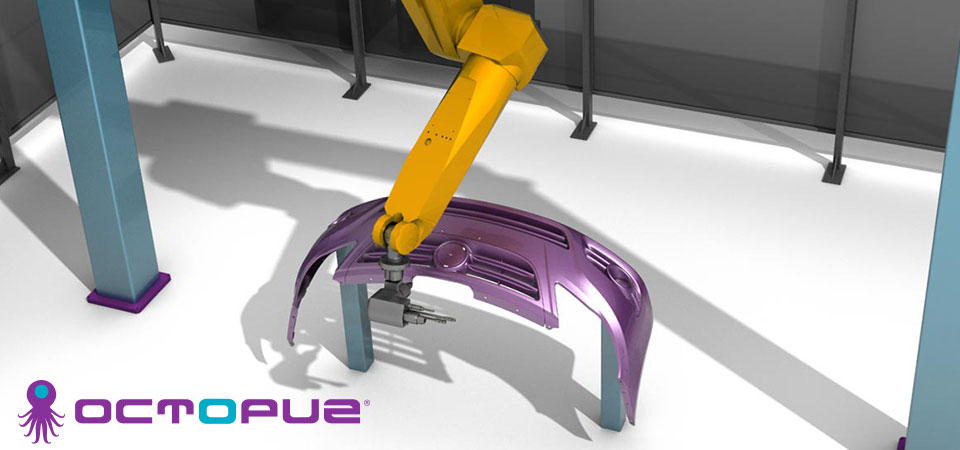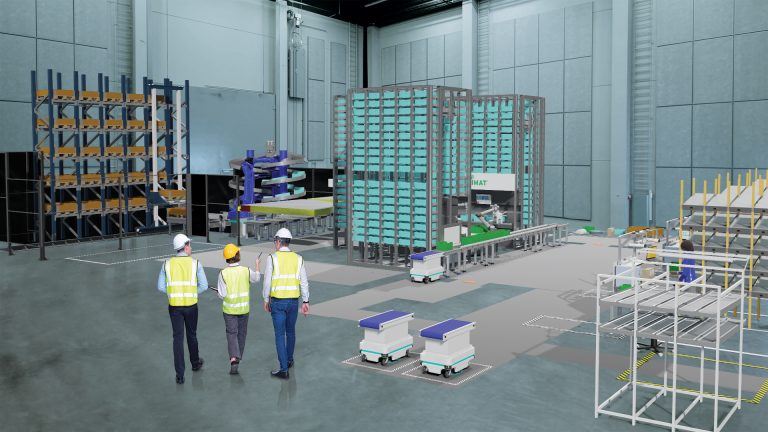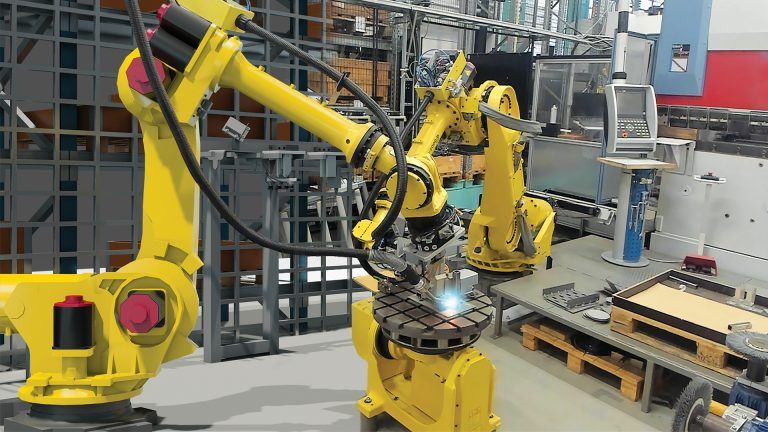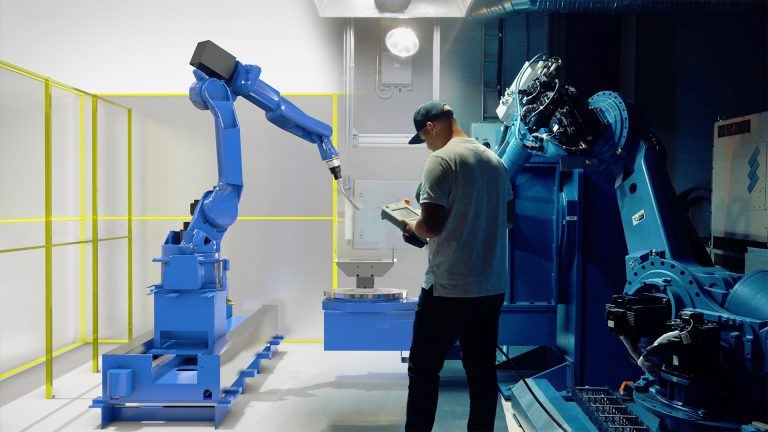Breaking the conventions of the manufacturing industry
The manufacturing industry is changing rapidly. One of the drivers of change is the introduction of fast and agile 3D simulation.

Plenty of opportunities for improvement
Old habits sometimes die hard in the manufacturing industry. We talked to a few companies who are pushing the industry forwards by introducing new ways of designing factories and production lines.
“We have clients that have done things in a certain way for decades,” says Edward House, CEO and president of In-House Solutions, a provider of CAD/CAM, DNC, PCMM and robotic programming software services.
“They typically have, for example, complex robot paths and they take the task of time-consuming manual path generation as a given. We see a great opportunity for improvement, but often the client has not yet even considered options for the laborious manual work.”
We can create extraordinary results with the Visual Components platform.
Heikki Aalto of Delfoi
Delfoi, a provider of simulation based services for a number of industries ranging from healthcare to aerospace, has similar experiences. “We can identify straight away what tasks could be automated,” says Heikki Aalto, Vice President at Delfoi.
Saving time is the main driver of change
Both In-House Solutions and Delfoi are supporting their ambitious plans with the same software: Visual Components.
“A good example of these results are the manual calibration and teaching processes we have. Implementation used to take around 10-20 days. Now that we have functioning applications on the Visual Components platform, that time is down to an average of four days, which is a spectacular result from our customers’ point of view!”

Edward House of In-House Solutions tells a similar story.
“We are counting the amount of time we can save in, for example path generation, in days! At worst we are able to cut path generation times to a half and more often the time saved is somewhere as high as 80 to 90 percent.”
See it to believe it
“Sometimes our customers have a hard time believing what we are offering with our Visual Components based applications,” Edward House says.
“We are prepared to do sample applications to show how the solutions actually work. Luckily that is a very fast and easy process with this technology.”
Visualization is key when it comes to crashing stagnant beliefs. “With Visual Components simulation, we can show the factual benefits of making the changes,” Edward House says. “Once they see them for themselves, the customers are easily convinced.”
Low awareness and traditional tools blocking growth
Why aren’t more companies tapping into these resources?
On the one hand the reason lies in technology. “In our field, many companies use visualization and off-line programming tools. However, none of those tools are as sophisticated or as powerful as Visual Components,” Edward House says.
“No other tool offers all the functions on one platform and with a reasonable price tag.”
On the other hand, there is room for improvement for customer awareness about these services. “The concept is solid, but with new customers, we have to start from square one,” says Edward House. “The clients have no prior experience to build on.”
Needless to say, Delfoi and In-House Solutions are in a great position to make a difference in the manufacturing industry. What is needed is consistent sales processes — and the powerful Visual Components platform.
Further reading

The future of automated manufacturing (and why humans still matter)
Automation in manufacturing has been evolving for decades, but its true impact isn’t in replacing people, it’s about making them more capable. We spoke with Mika Anttila, one of Visual...

Understanding digital twins in manufacturing
Digital twins go far beyond static models or simulations. They bridge the gap between virtual and physical systems, offering real-time insights and control. But with so many definitions floating around,...

Tackling the manufacturing skills shortage with simulation and robot offline programming
The manufacturing industry is grappling with a significant skills shortage, exacerbated by the pandemic and an aging workforce. According to The Manufacturing Institute, 78% of companies are concerned about this...